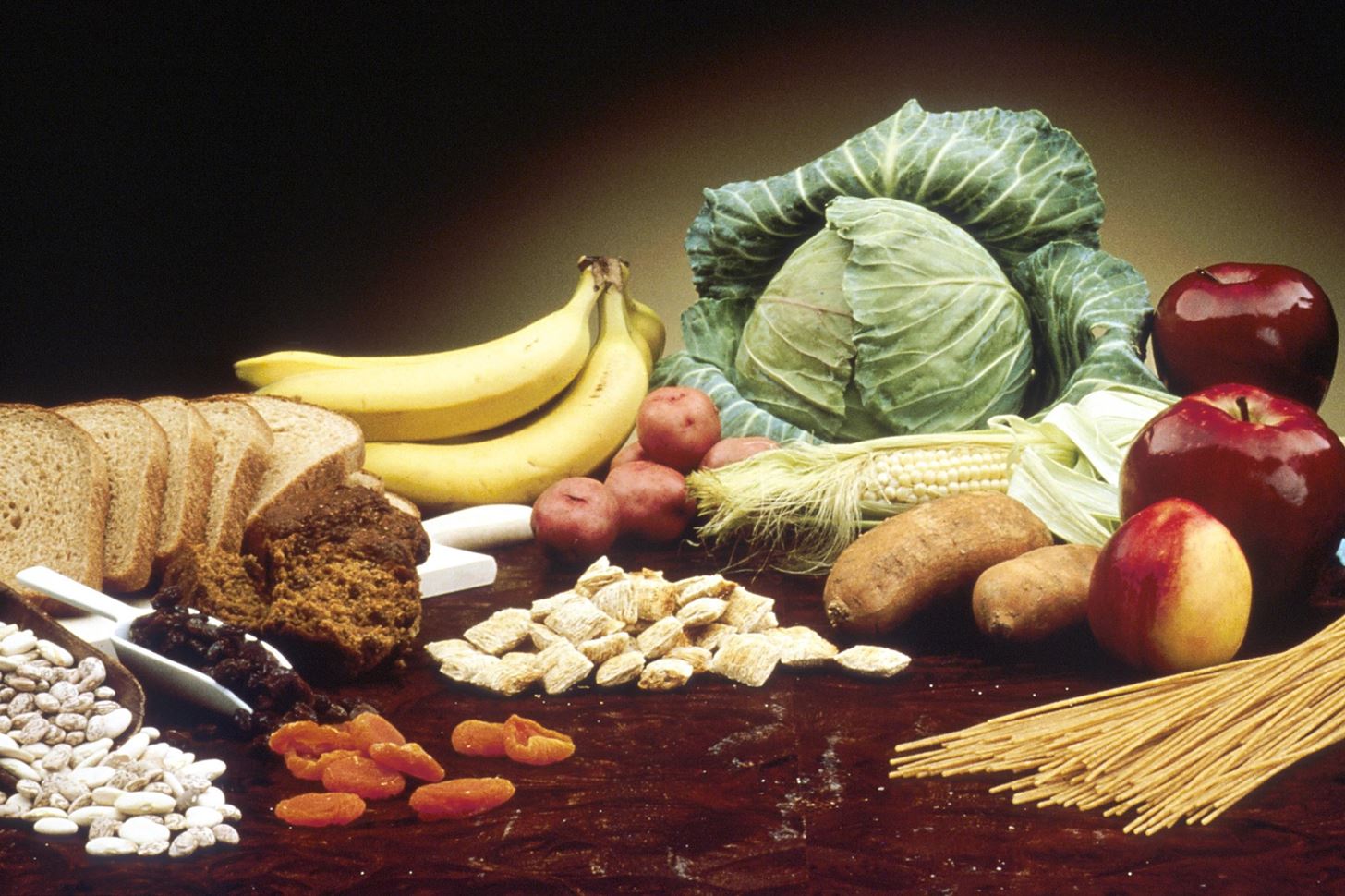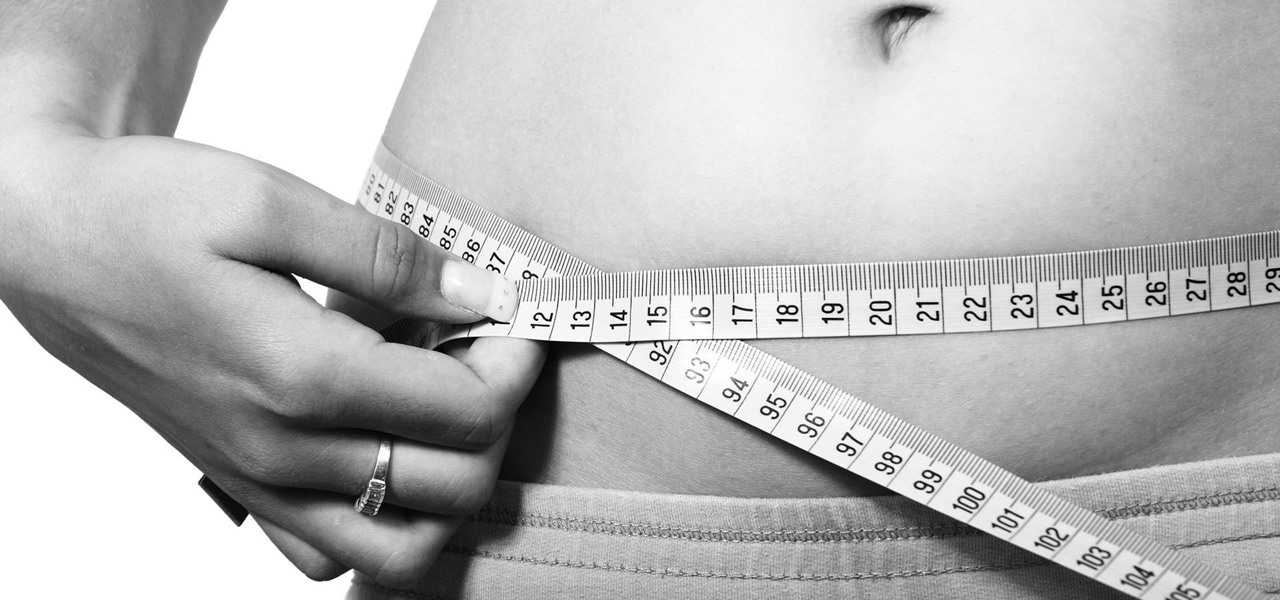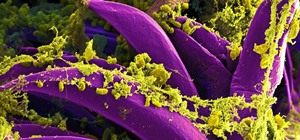Potbellies don't have to happen as we age, according to two studies done on twins published online in the International Journal of Obesity.
The studies, led by senior author Ana Valdes, from the University of Nottingham in the UK, found that weight gain and belly fat were not entirely explained by the number of calories consumed. Belly fat was linked to specific foods that made up the diet, gut bacteria, and metabolites in the blood produced by gut bacteria.
By studying twins, the researchers could eliminate differences in metabolism due to genetic differences that might have affected study participants' weight gain over the nearly decade-long studies.
One of the studies, done exclusively in 1,632 female twins, found that even if women consumed the same amount of calories, those who ate higher amounts of dietary fiber—from foods like fruit, vegetables, and whole grains—were less likely to gain weight over the study period than women who ate less fiber.

Women whose weight remained about the same or those who lost weight had higher numbers of certain types of gut bacteria and more different kinds of bacteria in their gut. Women with belly fat whose body mass index (BMI)—a calculation of body fat from height and weight— decreased from a slightly overweight 25.4 to a normal 24.4 over the study had more Bifidobacterium species in their gut.
Bifidobacteria are found in fermented foods like cheese and yogurt and promote good gut health by helping to maintain the normal function of the gut to breakdown food, take in nutrients, and prevent the growth of disease-causing bacteria. Bifidobacteria is often taken as a probiotic to restore gut health after diarrhea and other problems that upset the normal balance of good and bad gut bacteria.
The other study measured visceral fat mass (belly fat) in 2,218 male and female twins. They compared that with participants' dietary intake, types of bacteria in their gut, and metabolites in their blood.
That study found strong dietary links between visceral belly mass and the diets consumed by the study participants: The more fruits, cheese and yogurt, and whole grain products consumed, the lower the belly fat; the more fried and fast foods, eggs, and red, processed meat, the higher the amount of belly fat.
The metabolite hippurate, formed from bacterial metabolism of polyphenols in the diet—from cranberries and pomegranates, for example—was increased in the blood of people who ate more fruits and whole grains. Scientists believe hippurate may have an antioxidant role in the body, as well as provide protection against some types of fat metabolism that lead to the development of belly fat.
Alpha-hydroxyisovalerate and butyrylcarnitine metabolites were found in increased amounts in the blood of people who with higher intakes of red meat, processed meat, and eggs. These metabolites have been found in the serum of obese children and adults and alpha-hydroxyisovalerate is a predictor of insulin resistance and glucose intolerance seen in diabetes.
In general, the presence of many different types of gut bacteria was associated with less long-term weight gain and more fiber intake.
Finding Bacteroides in the gut bacteria was associated with increased risk of weight gain, but there were also fewer different types of bacteria in the gut of people who gained weight, so the culprit here is not clear. Eubacterium dolichum was the only bacteria associated with increased belly fat—but the studies didn't provide data that could explain the finding.
More beneficial gut bacteria, metabolites created by bacteria, and lower belly fat were seen in people who ate more fruits, dairy products, and whole grains. But these studies couldn't say that one caused the other—just that they were associated. Finding out if modifying our diets can produce these results will be the next step.
Helping to Change the Future (& Your Belly Size)
"A greater understanding of alterations of the gut microbiota, in combination with dietary patterns, may provide insights into how the gut microbiota contributes to weight gain and whether it can be exploited as a novel diagnostic, prognostic and therapeutic target in addition to specific microbes which may be related to BMI," wrote the study authors.
Next, Valdes and her team plan to investigate how probiotics and fiber can be used to change a person's gut bacteria and how that might lower their risk of developing obesity.
The most important take-home message from these studies was summed up by the authors in one sentence: "An unhealthy dietary pattern is a strong determinant of visceral fat mass."
And an unhealthy diet is something that can be easily changed for the better. Keeping calories constant, but moving toward a diet higher in fiber, fruits, and fermented dairy might not feel like a dietary sacrifice and could help create a healthier gut microbiome.
The two new studies by Valdes and colleagues showed that those microbes might also help us fight and win the battle of the bulge over the long term.
Just updated your iPhone? You'll find new emoji, enhanced security, podcast transcripts, Apple Cash virtual numbers, and other useful features. There are even new additions hidden within Safari. Find out what's new and changed on your iPhone with the iOS 17.4 update.



























Be the First to Comment
Share Your Thoughts